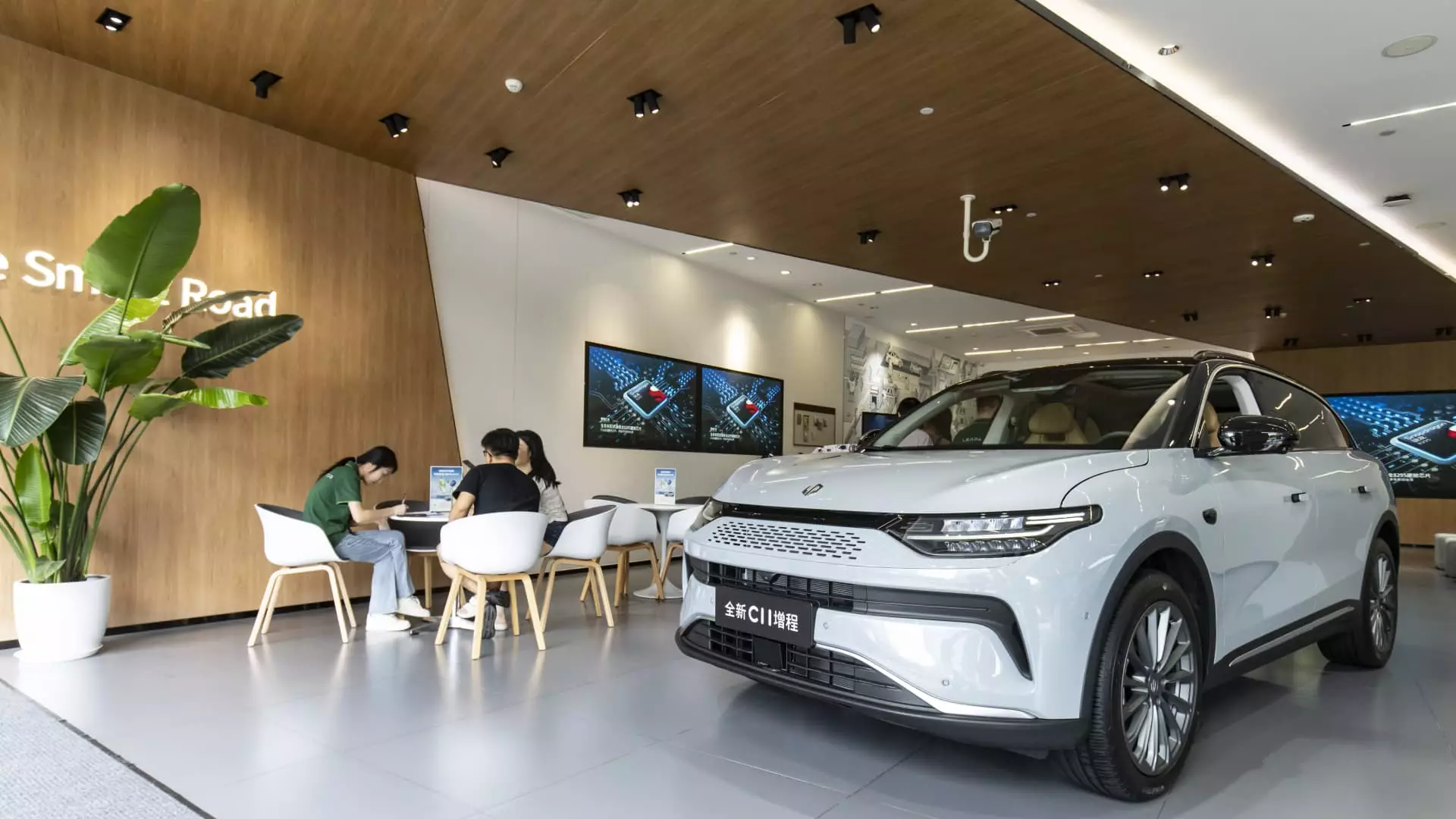The automotive landscape in China is undergoing a significant transformation, with hybrid-powered vehicles rapidly gaining traction among consumers. As traditional gasoline-powered cars lose their appeal, the hybrid segment is emerging as a dominant force, reshaping the market dynamics for electric vehicles (EVs). This article delves into the factors propelling this shift, the leading players in the hybrid space, and the implications for the future of automotive preferences in China.
Data from 2024 highlights a remarkable trend; hybrid vehicles, particularly those manufactured by BYD, are overshadowing their battery-only counterparts. While BYD sold approximately 4.3 million passenger cars last year, nearly 2.5 million of these were hybrid vehicles. This marks a significant turnaround from 2023, when sales of battery-only cars were nearly on par with hybrids. In contrast, Tesla, maintaining its position in the premium EV segment, is projected to sustain sales of over 600,000 units in China for the second consecutive year.
Industry expert Joe McCabe points out that although battery electric vehicles (BEVs) are still experiencing growth, there is an impending slowdown in demand. His projections indicate that by 2031, internal combustion engines, including hybrids, will still capture a considerable market share, underscoring a multifaceted approach to vehicle ownership among consumers.
The competitive landscape features a mix of established companies and newer entrants, all vying for a slice of the growing hybrid market. Aside from BYD’s significant sales, Li Auto has emerged as a formidable competitor, reporting an impressive delivery of over 500,000 vehicles, most of which utilize a range-extending fuel tank alongside battery power. This hybrid approach is attracting consumers who desire longer driving ranges without sacrificing the benefits of electric vehicle technology.
Furthermore, collaborations among traditional automotive giants and local startups are fostering innovation in this sector. Leapmotor, a partner of Stellantis in China, has successfully launched both battery-only and hybrid models, aiming to increase its deliveries significantly in the coming year. Meanwhile, established electric vehicle manufacturers like Nio and Xpeng are adapting to market demands by introducing hybrid technologies, showcasing the shifting paradigms of consumer preference.
One of the primary catalysts driving the growth of hybrid and other new energy vehicles in China is the government’s supportive stance. Municipalities, such as Beijing, have implemented policies that favor the acquisition of new energy vehicles over traditional gasoline cars. The allure of quicker access to license plates and financial incentives significantly contributes to consumer interest in hybrids and BEVs.
These initiatives form part of a broader strategy by the Chinese government to cultivate domestic automotive manufacturers, reducing reliance on foreign brands. The governmental push not only enhances market access but also aligns with China’s sustainability goals of reducing carbon emissions and promoting cleaner energy sources in the transportation sector.
As demand for hybrids surges, the market is expected to continue evolving. Manufacturers are investing heavily in R&D to enhance the efficiency and appeal of hybrid vehicles. With new entrants like Xiaomi announcing ambitious delivery goals for their electric sedan, competition is set to intensify. Zeekr and other electric vehicle startups are also stepping into the hybrid arena, exploring ways to capture segments of a market that is being increasingly influenced by consumer preferences for longer ranges and integrated technologies.
However, challenges such as market saturation and potential supply chain disruptions must be accounted for. The initial spike in demand could lead to increased competition, driving down prices and affecting profit margins across the industry. Further, as technological advancements continue to emerge, manufacturers may find it challenging to keep pace with rapidly evolving consumer expectations.
The shift towards hybrid vehicles represents a significant crossroad for China’s automotive market. As consumer demands evolve alongside technological advancements, the hybrid segment is likely to continue expanding, driven by both choice and necessity. With robust government support and increasing competition, the future of vehicle ownership in China is poised for dramatic innovation and evolution, ensuring that hybrids play a central role in shaping the transportation landscape for years to come.

Leave a Reply